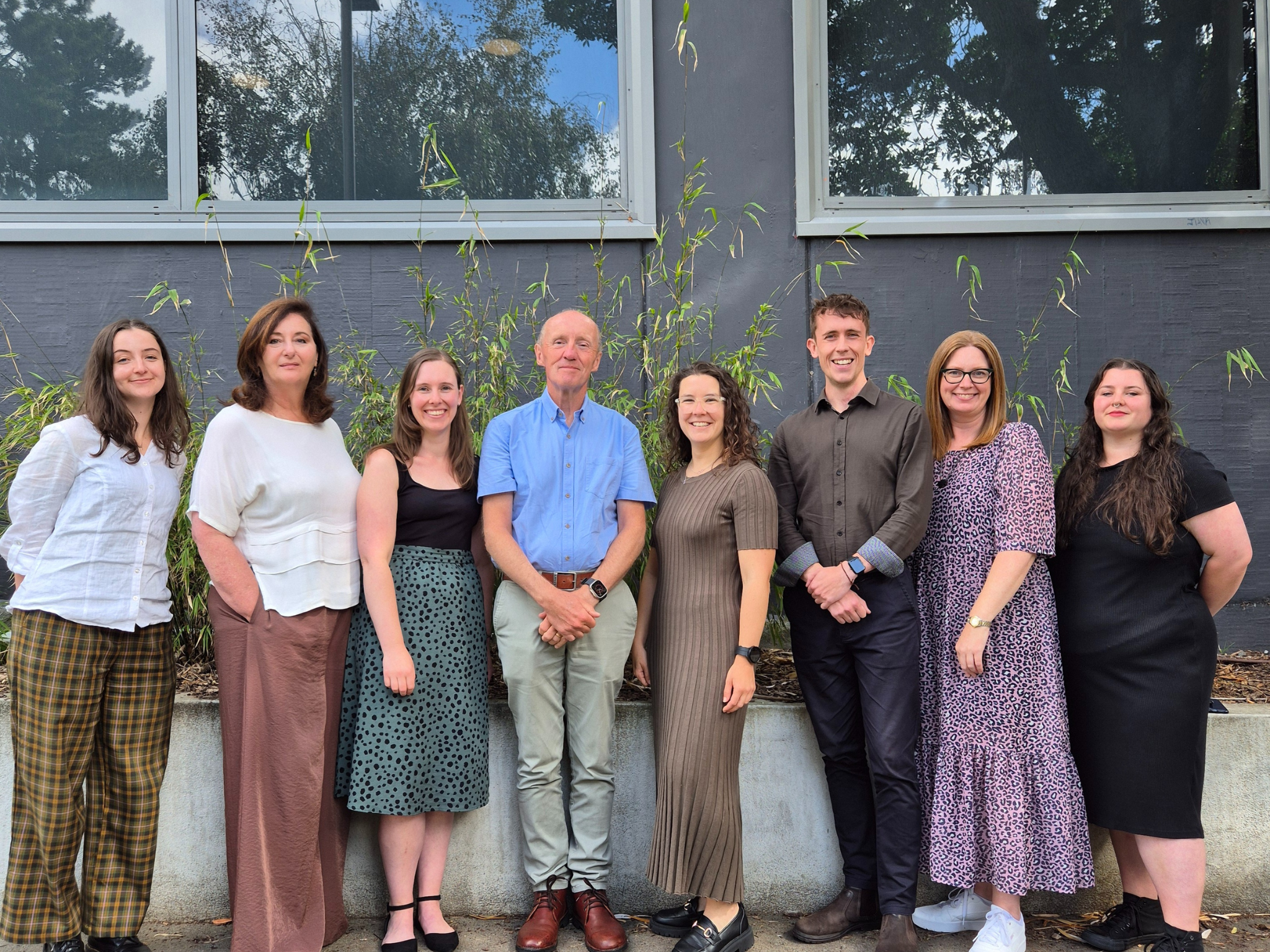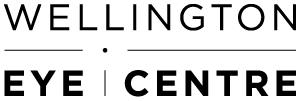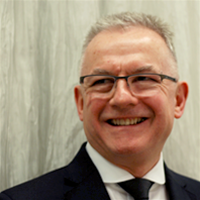
Myopia control is a fast-growing area of optometry that can reduce the rate of myopia (short-sightedness) progression. If you wore glasses as a child or teenager you may remember having to regularly update them as your vision changed. This eventually stabilised and you no longer needed to update your glasses as frequently.
Myopia progresses fastest when you are young, so myopia control is aimed at children and teenagers to try to slow how quickly their eyesight changes.
What is myopia?
Myopia or short-sightedness is the refractive error where distance vision is blurred and near vision is clear. This is because the eye is too long (from front to back) and light rays entering the eye focus in front of the retina. Myopia is increasing around the world and by 2050 it is projected that 50% or 5 billion of the world’s population will be short-sighted.
You might rightly say “so what is so wrong with that? After all – spectacles or contact lenses or refractive surgery! can fix that – right”?
The problem is short-sighted eyes over about -5.00 dioptres (or more than 26mm in length) are associated with a much higher level of eye disease in old age – exponentially more!
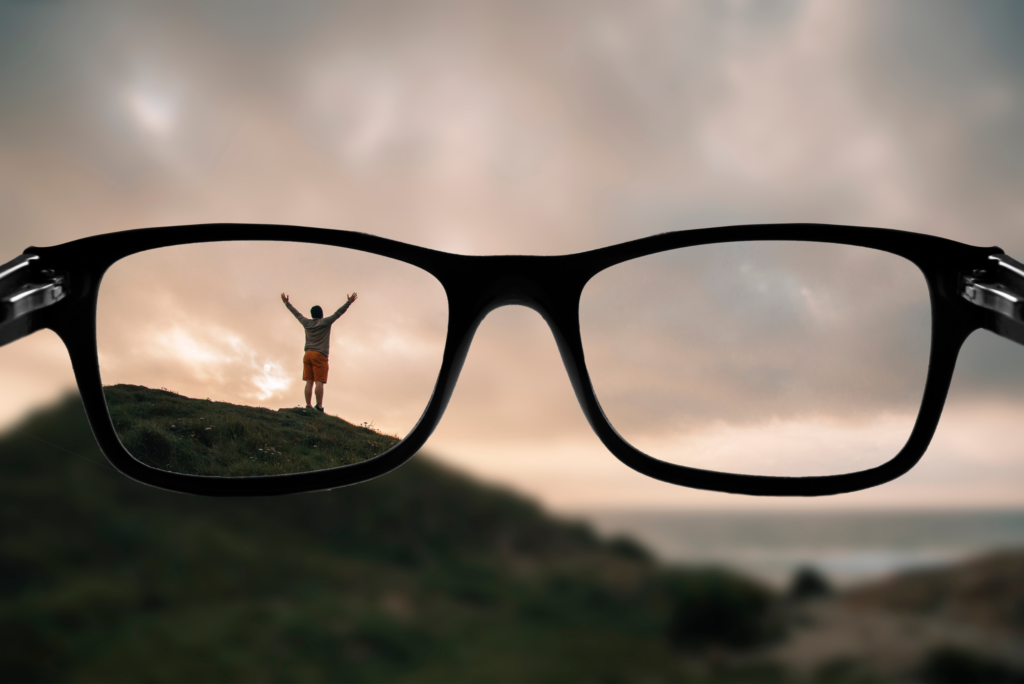
How do you measure myopia progression?
Regular optometrist appointments are really important for measuring myopia and its progression. Then your optometrist can measure how fast it is progressing and assess what the best treatment options may be.
You are probably aware when visiting your Optometrist that they test your vision in each eye by using a letter chart. They then place lenses in front of your eye to find out what power of lens is needed to give you the best possible vision, this is called a refraction test. There are a few other ways Optometrists can measure your myopia and monitor for progression.
Auto-refraction
Firstly they may use a machine called an auto-refractor. This machine measures the ability of your eyes to focus and gives an approximate prescription. You will look through the lens of the machine and see an image that appears to move in and out as it measures how well your eyes focus. This is done at the start or before your appointment, as it is an estimate. Your optometrist would then do a full refraction.
Axial length
They may also want to measure the length of your eye, as the length of your eye affects where the focus point is and therefore your level of myopia. There are two main options for measuring the axial length of the eye – optical biometry and ultrasound biometry. These are not common at optometry practices so they may send you elsewhere, such as the Wellington Eye Centre, to have this measured.
What are the risks of myopia?
Short-sightedness affects your distance vision which can affect children in multiple ways. They may find they get headaches, it is hard to read the board at school or to participate in sports, and you may notice them squinting or straining their eyes. Making sure they have the right corrective lens prescription will help with these symptoms of myopia.
But also a high degree of short-sightedness is linked to a higher chance of having certain age-related eye diseases. In particular – macula diseases (the macula is that bit of the retina that gives you 20/20 vision), but also retinal detachment, glaucoma, and cataract.
There are some risk factors that make your child more likely to develop myopia:
- Genetics – having one or both parents who are also short-sighted
- Ethnicity – particularly being of South East Asian descent
- Age – being under 9 years of age when you develop myopia

How can we prevent myopia progression?
When wearing normal spectacles, light that enters the eye that in an off-centre way, focuses behind the retina, which stimulates the eye to try to grow in that direction.
There are a few interventions or ways that we can prevent these off-centre light rays, such as:
Specialised myopia spectacle lenses
These myopia control lenses focus the peripheral (off-centre) light in front of the retina rather than behind. They have been demonstrated to offset the stimulation for the eye to grow in length. As well as correcting the central vision for distance.
Multifocal soft disposable contact lenses
These lenses are effective in the same way as the spectacle lens mechanism.
Orthokeratology
Ortho-K lenses are worn overnight and change the shape of your cornea to correct for myopia. This means you do not need to wear corrective lenses during the day. These special contact lenses worn overnight are effective in the same way as the above treatments. They prevent the peripheral (off-centre) light from being out of focus, so they lead to decreased growth stimulation.
Atropine eye drops
The mechanism by which atropine works is not yet fully understood. It was believed that atropine paralysed the focusing muscles of the eye. But more recent studies believe it signals a receptor in the back of the eye to stop growing excessively. Current research indicates concentrations of 0.025% and 0.05% work the best.
Lifestyle Choices
There is strong evidence to suggest, that myopia will progress slower if children and teenagers spend more time outdoors in natural light, and less time on screens and devices. But if your child’s vision is already quite blurred, or is changing quickly, changing these habits may not be enough.
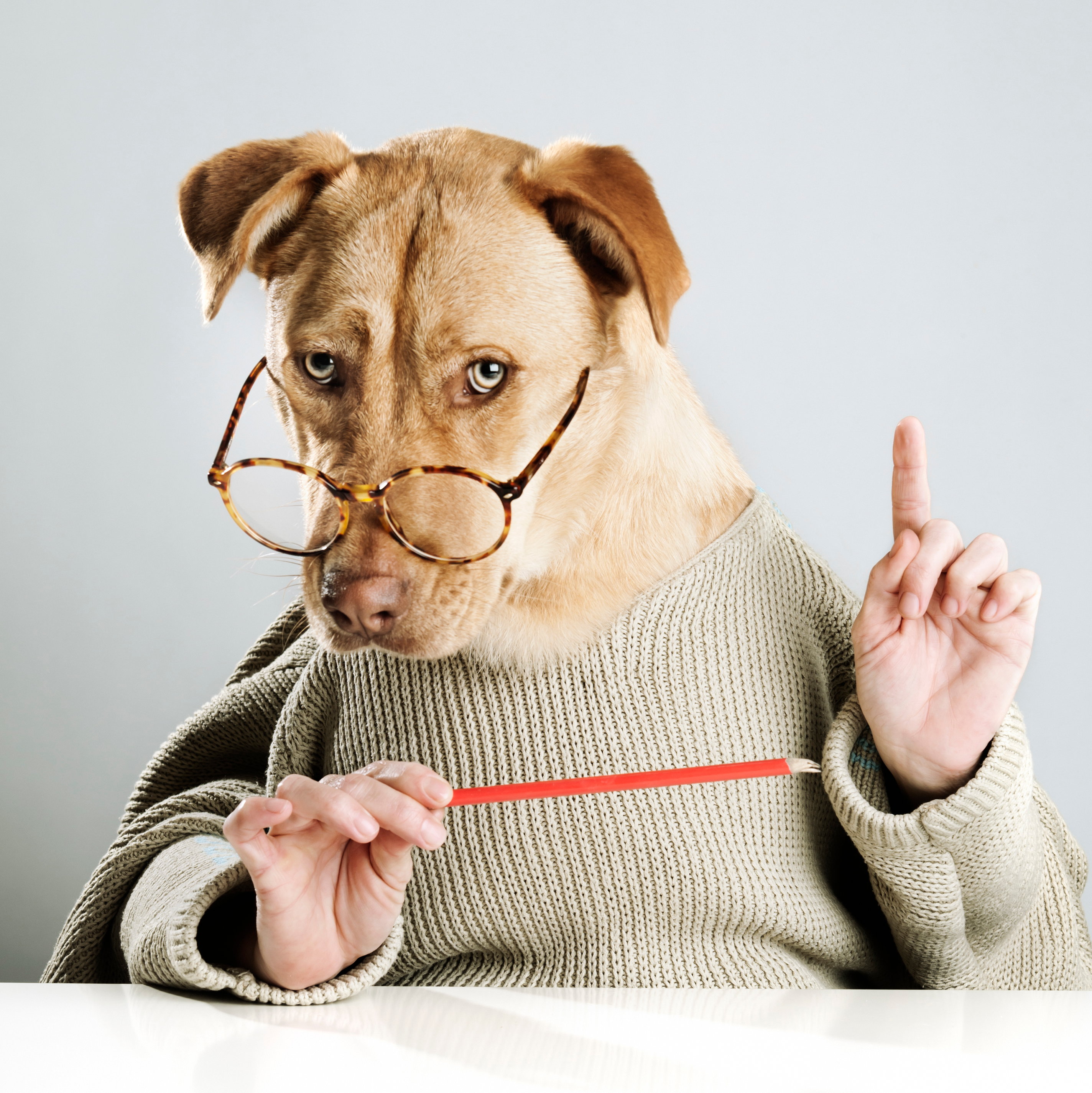
When should you start myopia control?
The objective of all of these interventions is to slow the rate of short-sightedness progression as soon as possible. This is so that the eye length never gets to or exceeds 26mm.
If we can do this we improve the visual welfare of our community at large. That means fewer people become dependent on others or the state and have a better quality of life. It would also mean fewer people will need laser vision correction in the future. Even though that is our main business, we are totally OK with that!
Therefore it is important to ensure children and teenagers have regular eye checks with their local optometrist. If we can be of further help, you can call us on 0800 733 327 or complete the contact form below.
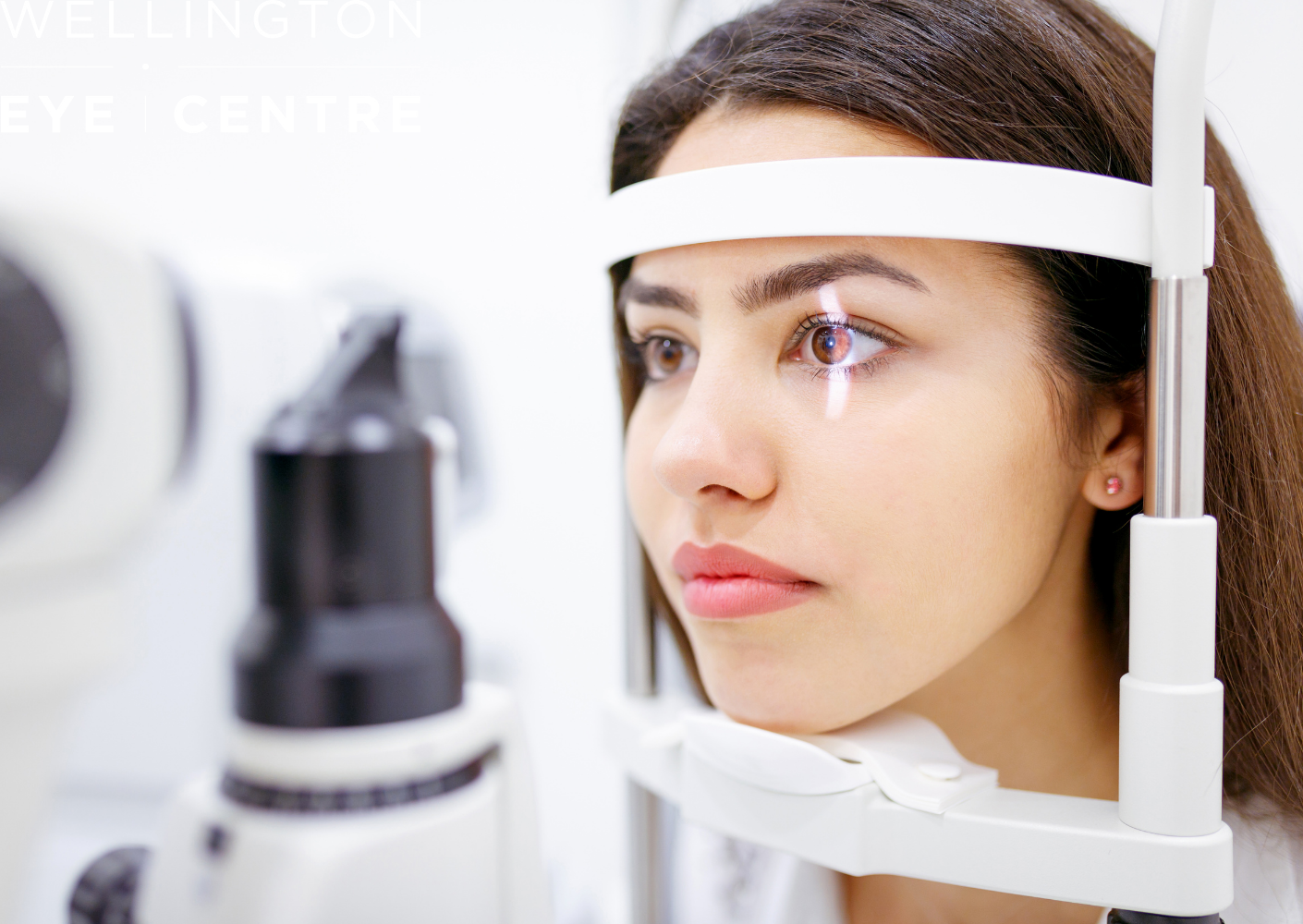
What to expect during your Laser Suitability Medical Assessment at Wellington Eye Centre
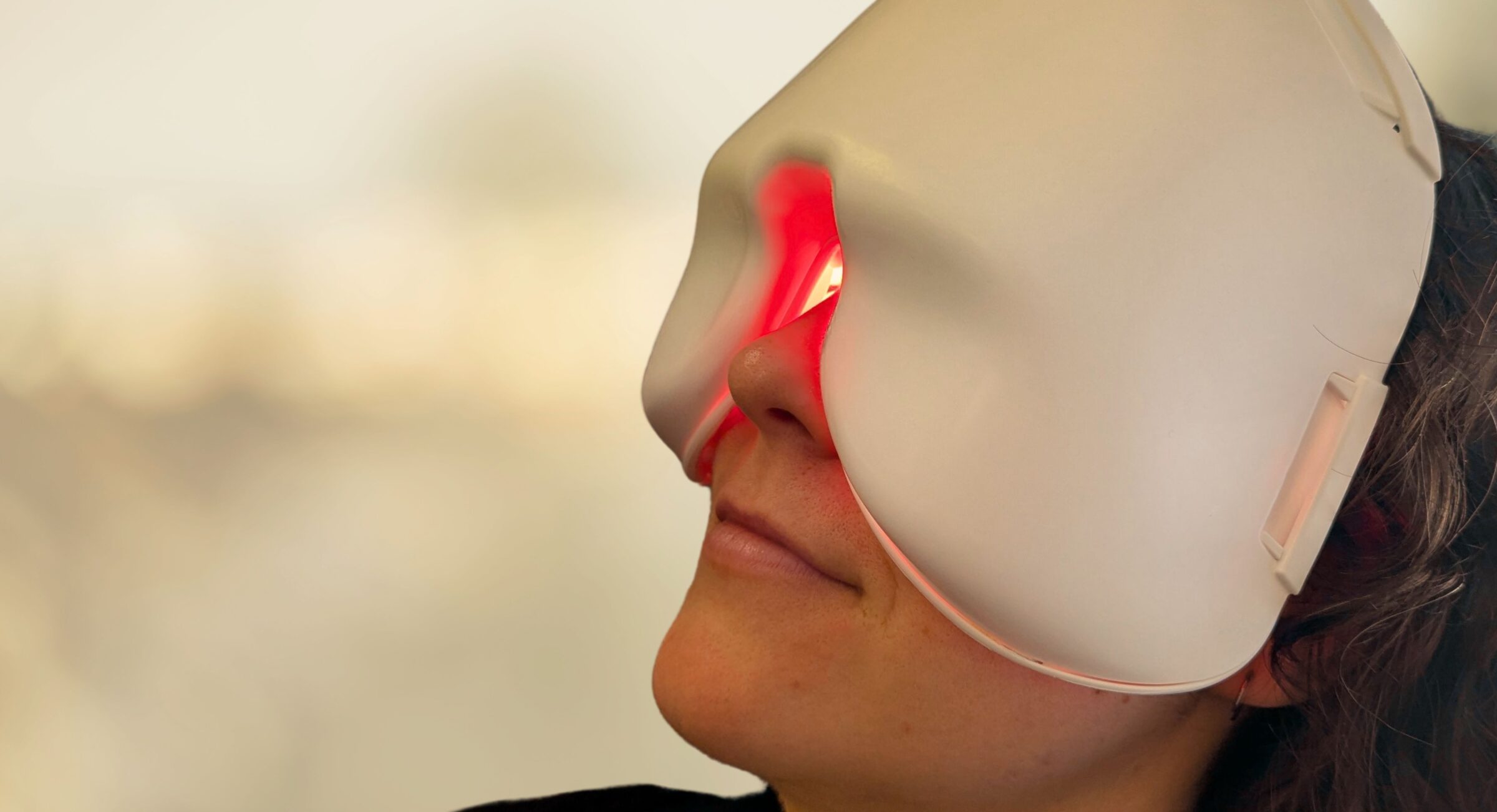
Low-Level Light Therapy for Dry Eyes

Common Medications Used in Laser Eye Surgery
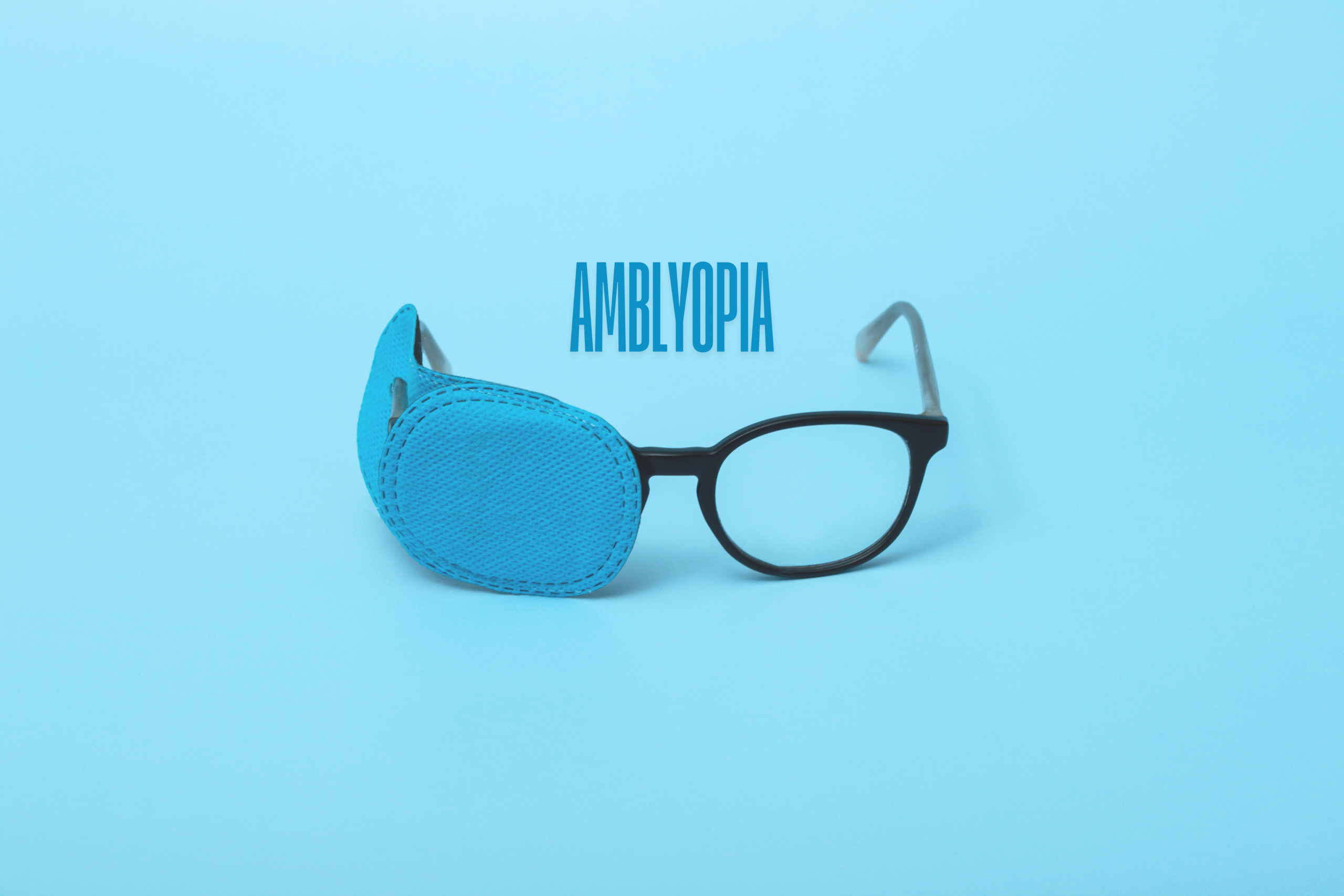
Amblyopia and Laser Eye Surgery
